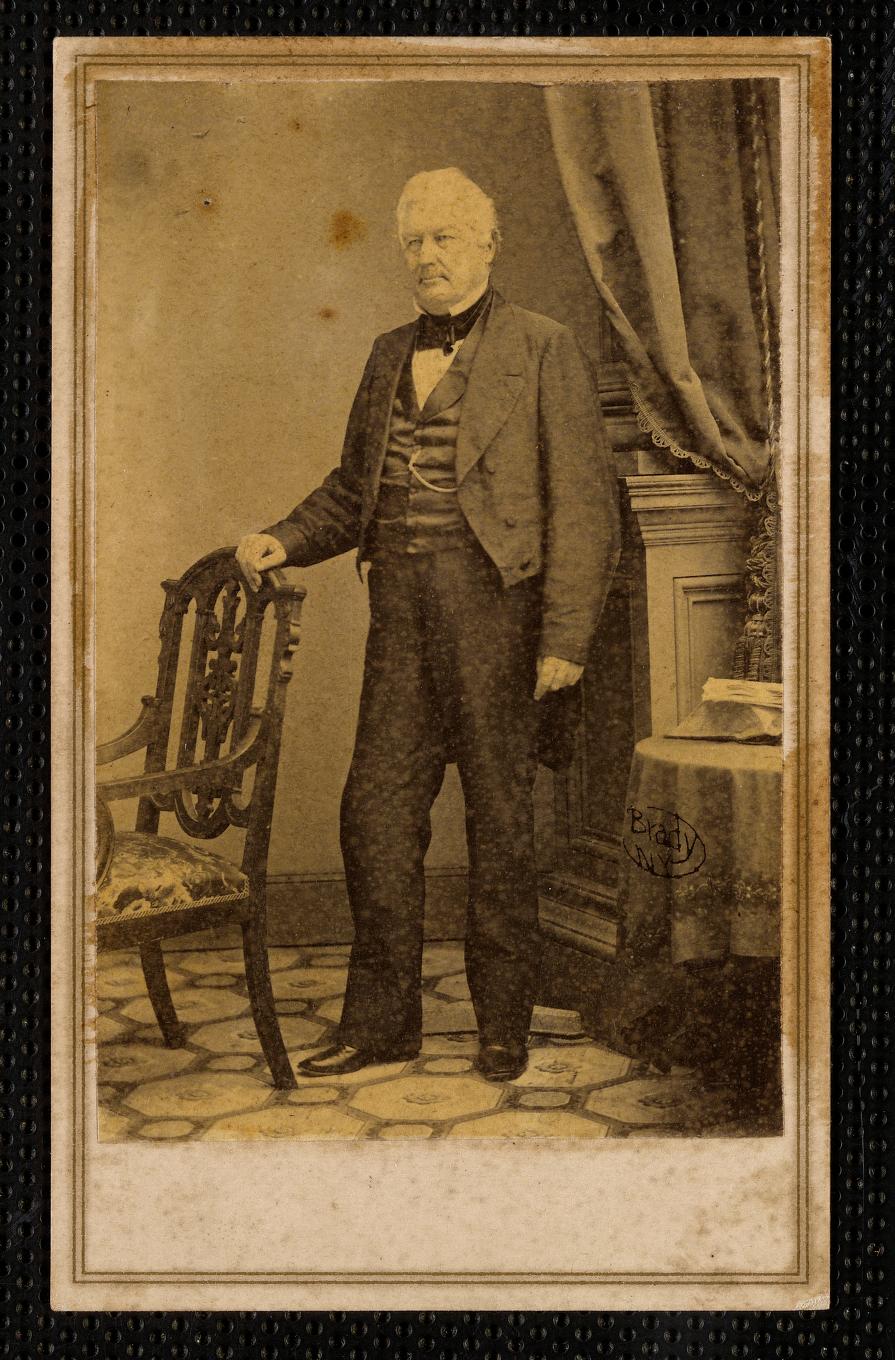In the vast annals of American history, one president stands out as an intriguing enigma: Millard Fillmore. Serving as the 13th President of the United States from 1850 to 1853, Fillmore’s presidency is marked by an unusual anomaly—he did not have a vice president. In this article, we delve into the historical context surrounding the absence of a vice president during Fillmore’s time, exploring the laws of that era and how they have since evolved.
The Historical Context
To understand why Millard Fillmore served without a vice president, we must turn our attention to the political climate of the mid-19th century. Fillmore assumed office upon the tragic death of President Zachary Taylor in July 1850. Back then, the laws regarding presidential succession were different from what we know today.
Under the Constitution’s original framework, if the office of vice president became vacant, it remained so until the next election cycle. This meant that if a vice president passed away or resigned, the president would be left without a second-in-command until the next presidential election.
Fillmore, having ascended to the presidency after Taylor’s untimely demise, was therefore tasked with governing alone. Despite the absence of a vice president, Fillmore worked diligently to navigate the pressing issues of his time, such as the Compromise of 1850 and the Fugitive Slave Act. His ability to lead during this challenging period demonstrated his resilience and commitment to his country.
Legal Changes
The lack of a vice president during Millard Fillmore’s presidency highlighted a constitutional loophole that needed addressing. Consequently, the Twenty-Fifth Amendment was ratified in 1967, bringing about changes to the rules of presidential succession.
The amendment resolved the question of presidential succession by establishing clear guidelines for filling the vice presidency whenever a vacancy occurred. It states that the president has the authority to nominate a new vice president, subject to confirmation by both the Senate and the House of Representatives. This ensures that the president’s succession is maintained in the event of a vacancy in the vice presidency.
Additionally, the amendment also established procedures for handling cases should the president become incapacitated or temporarily unable to perform their duties. These measures ensure continuity in government, allowing for a smooth transition of power.
The changes brought about by the Twenty-Fifth Amendment have fortified the stability of the American political system. Today, the vice presidency serves as an integral component of the executive branch, providing support to the president and representing the nation on various domestic and international platforms.
Millard Fillmore’s unique situation of serving without a vice president sheds light on the historical evolution of American presidential succession laws. The absence of a designated successor during his presidency ultimately led to constitutional amendments that solidified the importance of the vice-presidential role in modern governance.
Through the ratification of the Twenty-Fifth Amendment in 1967, the United States ensured a seamless transition of power and strengthened the country’s political stability. Understanding the context surrounding Fillmore’s presidency not only provides insight into a lesser-known chapter of history but underscores the ability of a nation to learn from its past and adapt for a more robust future.
